Prioritizing Oral Health for the Young & High-Risk Populations
Poor oral health is a serious problem that can lead to a range of health issues, including heart disease, stroke, and diabetes. It can also cause pain, discomfort, embarrassment, and affect an individual's ability to consume nutritious food and communicate effectively. Maintaining good oral health is crucial at every stage of life, starting from childhood and continuing through to old age. Addressing oral health issues is essential for the overall well-being of individuals and communities.
The challenges for public health in delivering oral health programs is multi-faceted. Lack of funding is a major obstacle, which can make it difficult to provide adequate resources for oral health programs. Additionally, limited access to care, especially in rural and underserved communities, can prevent public health programs from reaching those in need. Lack of public awareness, health disparities, and inefficient manual processes/lack of standardization can also contribute to the problem.
To address these challenges, a coordinated effort is required from public health agencies, dental professionals, policymakers, and communities to ensure that everyone has access to the oral health care they need. Strategies for improving oral health include education and awareness, access to dental care services in underserved communities, fluoridation of water supplies, promotion of a healthy diet, and community-based programs such as school-based dental sealant programs.
Leveraging Technology to Improve Oral Health Programs
The standardization and modernization of dental care assessments are necessary to overcome existing challenges. Promoting interventions and collaboration throughout the community is essential. The ability to collect and analyze large amounts of data can help to identify trends, disparities, and risk factors, which can further inform the development of targeted and effective oral health interventions. Digital health and enhanced data collection methods have the potential to revolutionize oral health care by improving access, data collection and analysis, standardization of care, efficiency, and patient engagement.
Oral health initiatives that have the ability to incorporate digital consent, automated list management, photo storage and attachment, evidence-based education, secure community communication, and referral services are leading the way in enhancing oral health outcomes.
The Benefits of Modernizing Oral Health Programs with Data & Technology:
Improved patient outcomes: By analyzing data, public health professionals can identify risk factors and develop targeted interventions, resulting in improved patient outcomes.
Increased efficiency: By digitizing data collection and analysis, public health professionals can increase efficiency, save time, and reduce errors.
Enhanced collaboration: By collaborating with dental professionals, policymakers, and communities, public health programs can promote better communication, identify gaps in care, and improve overall oral health outcomes.
Reduced disparities: By analyzing data and identifying disparities in oral health outcomes, public health programs can develop targeted interventions to reduce disparities and improve health equity.
Increased patient engagement: By using digital health tools such as mobile applications and telehealth, public health programs can increase patient engagement and promote self-care.
In conclusion, addressing oral health is an essential priority for public health. By implementing targeted strategies, improving access to care, and leveraging the power of technology to modernize oral health programs, we can improve the oral health of populations worldwide, prevent serious health issues, and enhance the overall well-being of individuals and communities. The benefits of data, collaboration, and technology in public health-run oral health programs are numerous and can lead to improved patient outcomes, increased efficiency, enhanced collaboration, reduced disparities, and increased patient engagement.
Whatever it is, the way you tell your story online can make all the difference.
It’s time we give public health the data sources they need to drive policy change, and support initiatives such as dental sealants, dental care during pregnancy, chronic disease reduction, tooth loss prevention, community water fluoridation, sugar and dental caries campaigns, and more!
Get started in weeks – not months with our FREE TRIAL.
A comprehensive data platform is required for all areas of public health, not just limited to oral health. Discover more about how Aztute is paving the way for a fresh approach to public health.




